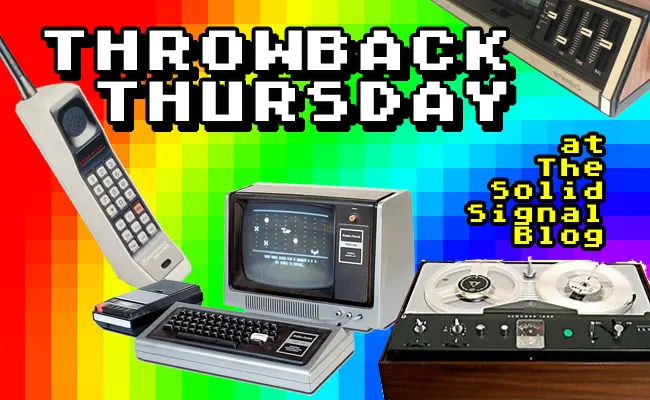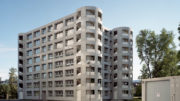2019 seems like a million years ago, doesn’t it? But in reality, I was sitting at the very same desk five years ago, banging away at my keyboard and trying to give you all some great content. (Full disclosure: it wasn’t the same keyboard. I tend to kill them about every other year.) Back in 2019 I was so tired of bad cell service at my house that I seriously considered putting up a cell tower. The first step was figuring out how to do it, and that’s what I talked about in this article.
Spoiler alert
For those who don’t choose to read the article, I never got past the planning stage. There were so many hurdles to jump over. If I’d started then, I probably would be working through the paperwork today. I concluded that the better thing to do was to get a cell phone signal booster from Solid Signal. But, in the years since I’ve had plenty of people ask me why the process of putting up a cell tower is so hard. There’s a simple answer.
It’s supposed to be hard to put up a cell tower. It’s actually good that it’s hard to do.
If it were easy to put up a cell tower, everyone would do it and they would all interfere with each other. Cellular technology is designed to handle multiple transmitters, but you can still have two towers interfere with each other if they broadcast on exactly the same frequency. If you don’t keep track of that sort of thing, the whole system falls apart. Towers that are spaced too closely could interfere with each other and bring down the whole network.
And, let’s give a tip of the hat to civic planners and HOA board presidents who work hard to make sure that the areas they govern are nice to look at. Cell towers are a lot smaller than they were a decade ago. That’s true. They’re also easier to disguise. But really, they’re still not fooling anyone. That fake tree that’s actually a cell tower… is still a fake tree. Too many cell towers would make every neighborhood look like a broadcast facility, with wires and equipment everywhere. Most folks agree that they don’t want to live like that.
That doesn’t mean we have all the towers we need, though.
I hate to say it — believe me I do — but there are still a lot of areas with poor cell service. You can look at the coverage maps from every carrier and they look pretty good. They look like about 95% of the populated area of the US is covered by cell service no matter who you choose. But I think we all know there’s a difference between “covered” and “actually working, good cell service.” In my little town, there are several places where you just can’t make a call or browse the web even if your phone says it has bars.
5G has actually made this worse. 5G signals don’t propagate the same way that LTE ones do. Or, I should say, they don’t propagate effectively. A signal is a signal is a signal, and realistically the only things that determine how far a signal travel are its initial broadcast power, frequency, and what’s blocking it. But, 5G signals have a smaller effective range in a lot of cases. Your phone can receive a signal but you can’t quite use it. You’ve been there yourself, I know I have.
In a lot of cases, a cell phone signal booster can help with this problem. Boosters use larger antennas and they’re generally placed up higher than your phone would be. That means in fringe areas, you might get better reception inside with a booster than you would get outside. Yes, it’s surprising, but certainly no one is going to complain when they get better cell service.
Good cell service is your responsibility.
I talked about this a little here, but whether you’re in business or at home, good cell service is your responsibility. At least that’s the way the laws are written and that’s the way the cell carriers see it. Their responsibility ends at the door to your home, RV, or vehicle. There’s also no law that says a cell carrier has to cover your area, with the exception of AT&T’s first responder network.
If your phone shows bars but you’re still not able to reliably make calls or browse the web, it’s up to you to take action. You can choose a different carrier, you can add a cell phone signal booster, or I suppose you could move. When you’re ready to take action, there’s one company that can help you make the right decision.
Signal Connect can help you with a cell phone signal booster solution. We can help you choose the right carrier. We can even help you get internet and television service if you decide to move. We’re your friends in the business!
Call the experts now at 888-233-7563. We’re here to help during East Coast business hours. If it’s after hours, no problem! Fill out the form below and we’ll get right back to you.




